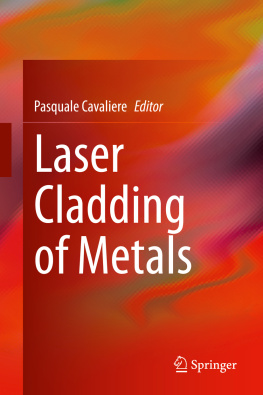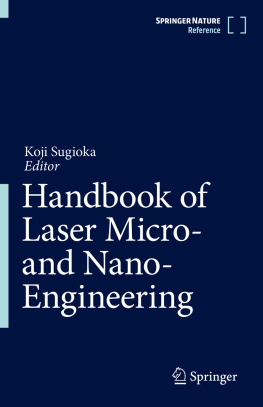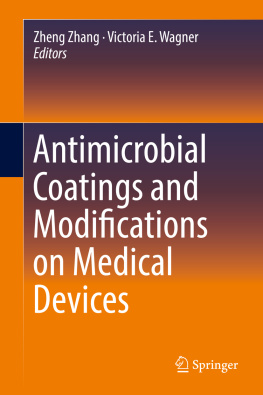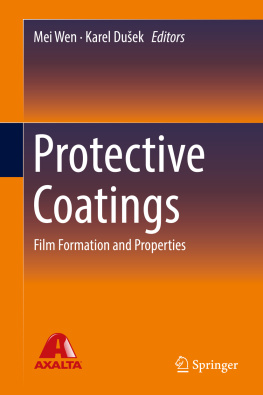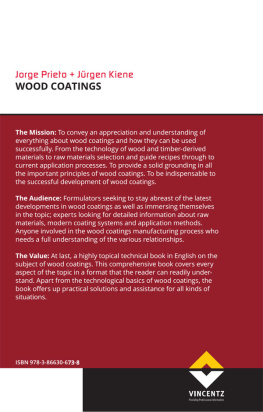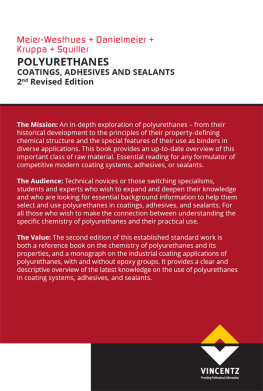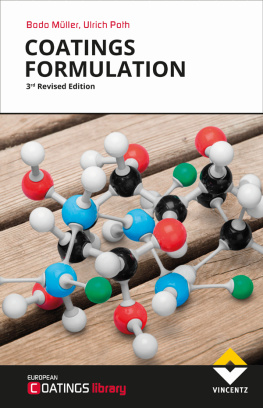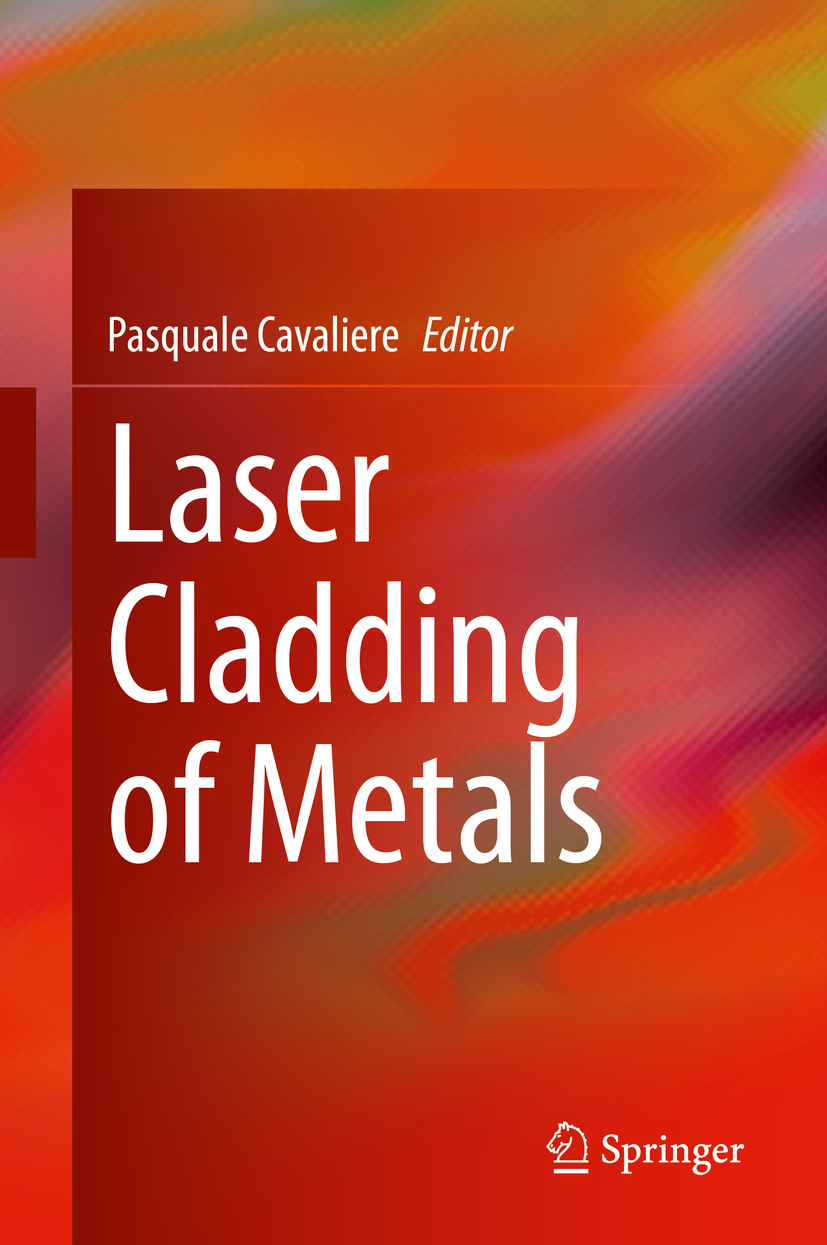Pasquale Cavaliere - Laser Cladding of Metals
Here you can read online Pasquale Cavaliere - Laser Cladding of Metals full text of the book (entire story) in english for free. Download pdf and epub, get meaning, cover and reviews about this ebook. City: Cham, year: 2020, publisher: Springer, genre: Science. Description of the work, (preface) as well as reviews are available. Best literature library LitArk.com created for fans of good reading and offers a wide selection of genres:
Romance novel
Science fiction
Adventure
Detective
Science
History
Home and family
Prose
Art
Politics
Computer
Non-fiction
Religion
Business
Children
Humor
Choose a favorite category and find really read worthwhile books. Enjoy immersion in the world of imagination, feel the emotions of the characters or learn something new for yourself, make an fascinating discovery.
- Book:Laser Cladding of Metals
- Author:
- Publisher:Springer
- Genre:
- Year:2020
- City:Cham
- Rating:3 / 5
- Favourites:Add to favourites
- Your mark:
Laser Cladding of Metals: summary, description and annotation
We offer to read an annotation, description, summary or preface (depends on what the author of the book "Laser Cladding of Metals" wrote himself). If you haven't found the necessary information about the book — write in the comments, we will try to find it.
Laser cladding is an additive manufacturing technology capable of producing coatings due to the surface fusion of metals. The selected powder is fed into a focused laser beam to be melted and deposited as coating. This allows to apply material in a selected way onto those required sections of complex components. The process main properties are the production of a perfect metallurgically bonded and fully dense coatings; the minimal heat affected zone and low dilution between the substrate and filler material resulting in functional coatings that perform at reduced thickness, so fewer layers are applied; fine, homogeneous microstructure resulting from the rapid solidification rate that promotes wear resistance of carbide coatings; near net-shape weld build-up requires little finishing effort; extended weldability of sensitive materials like carbon-rich steels or nickel-based superalloys that are difficult or even impossible to weld using conventional welding processes; post-weld heat treatment is often eliminated as the small heat affected zone minimizes component stress; excellent process stability and reproducibility because it is numerical controlled welding process. The typical applications are the dimensional restoration; the wear and corrosion protection; additive manufacturing.
The wide range of materials that can be deposited and its suitability for treating small areas make laser cladding particularly appropriate to tailor surface properties to local service requirements and it opens up a new perspective for surface engineered materials. The main key aspect to be scientifically and technologically explored are the type of laser; the powders properties; the processing parameters; the consequent microstructural and mechanical properties of the processed material; the capability of fabrication of prototypes to rapid tooling and rapid manufacturing.
- Distills critical concepts, methods, and applications from leading full-length chapters, along with the authorss own deep understanding of the material taught, into a concise yet rigorous graduate and advanced undergraduate text;
- Reinforces concepts covered with detailed solutions to illuminating and challenging industrial applications;
- Discusses current and future applications of laser cladding in additive manufacturing.
Pasquale Cavaliere: author's other books
Who wrote Laser Cladding of Metals? Find out the surname, the name of the author of the book and a list of all author's works by series.

